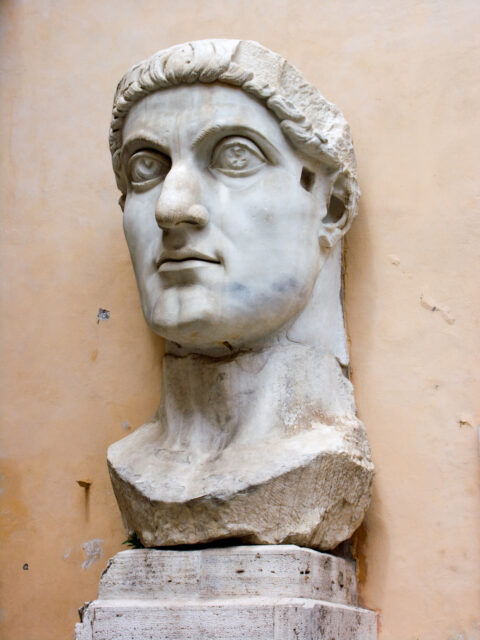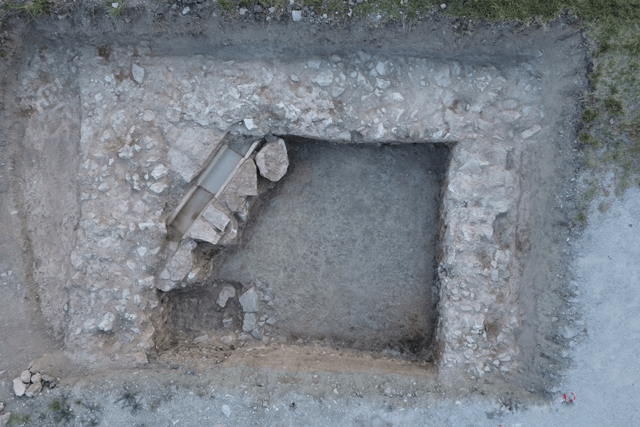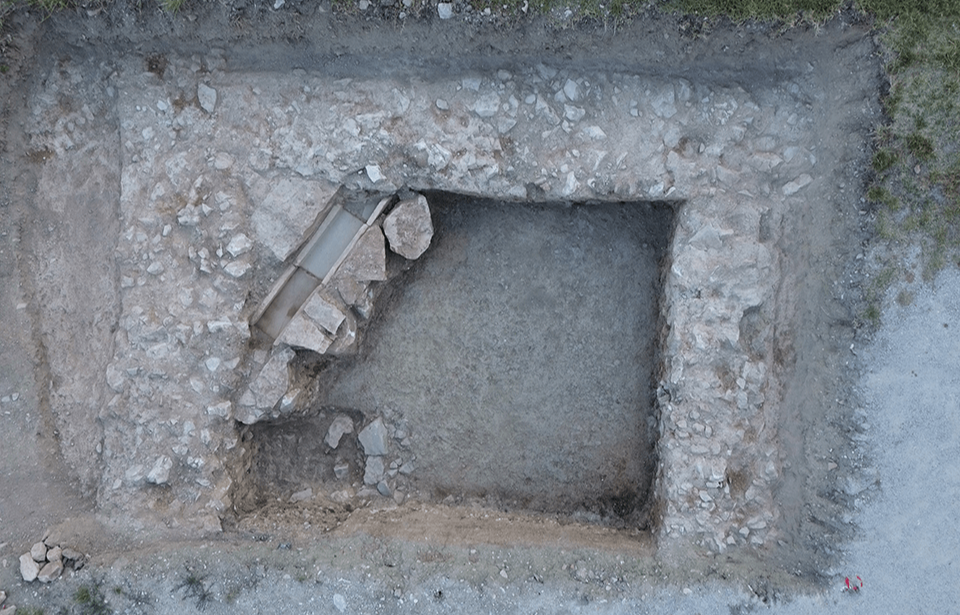A letter written by Emperor Constantine has helped researchers unearth a remarkable discovery. His rule was one of transformation, introducing Christianity to the Roman Empire. However, no transition is immediate, and the discovery illuminates the grey area between paganism and Christianity that is often overlooked in the history books.
Constantine’s letter

About 1,600 years ago, when Constantine was emperor of the Roman Empire, a group of citizens inquired about being able to celebrate a religious holiday in their hometown rather than have to travel far away to participate in distant festivals. They were located in Spello, about 100 miles north of Rome.
Constantine replied to this request in a letter, known as a rescript, to the townspeople. In it, he granted them permission to celebrate in their hometown, so long as they built a temple to honor his ancestors and worship them. This rescript from Constantine was discovered in the 18th century, and archaeologists and researchers have used it to make a remarkable discovery.
Discovering the temple

A team of researchers from Saint Louis University conducted a dig in Spello, the “famous medieval hilltop city,” where they were able to make their “monumental discovery.” Douglas Boin, a history professor at Saint Louis University, and the rest of his team were able to conduct “underground imaging” in the area in the hopes they would find evidence of the temple ruins that the townspeople were believed to have erected.
During their search, they found something “promising” beneath a parking lot and began their careful excavation. After hours of work, archaeologists were able to unearth “three walls of a monumental structure that evidence suggests belonged to a Roman temple that dates to Constantine’s period,” Boin explained. They were able to date the ruins back to the time of Constantine’s rule between 324 and 337 AD.
Imperial cult practices

Constantine was a notable emperor for many reasons, one of which was his being the first to practice Christianity. He made the persecution of Christians illegal and encouraged the spread of the religion throughout the empire. However, by ordering the townspeople of Spello to erect a temple to worship his ancestors, Constantine’s rescript sheds light on “Imperial Cult” beliefs and shows that the transition from paganism to Christianity was not immediate.
“Imperial Cult” beliefs began with Julius Caesar’s death in 44 BC and involved the “worship of Emperors and their families as divine.” Finding the temple marks an incredible discovery. “(The temple) would be a remarkable addition to the landscape of this corner of Italy. It will significantly aid in the understanding of the ancient town, the ancient townscape and city society in the later Roman Empire,” Boin said. “It shows the continuities between the classical pagan world and early Christian Roman world that often get blurred out or written out of the sweeping historical narratives.”
“There’s evidence from other places throughout the Roman world that Christian rulers supported imperial cult practices,” Boin continued. “It is unlike any temple that I know about from the Mediterranean world of the fourth century Roman Empire…This changes everything about how we perceive the pace of social change and our impression of the impact of social and cultural change.”
Read more: Archaeologists Discover ‘Most Shocking Example of Roman Slavery’ At Pompeii
“Things didn’t change overnight. Before our find, we never had a sense that there were actual physical, religious sites associated with this late ‘imperial cult practice,'” Boin explained. “But because of the inscription and its reference to a temple, Spello offered a very tantalizing potential for a major discovery of an Imperial cult underneath a Christian ruler.”
